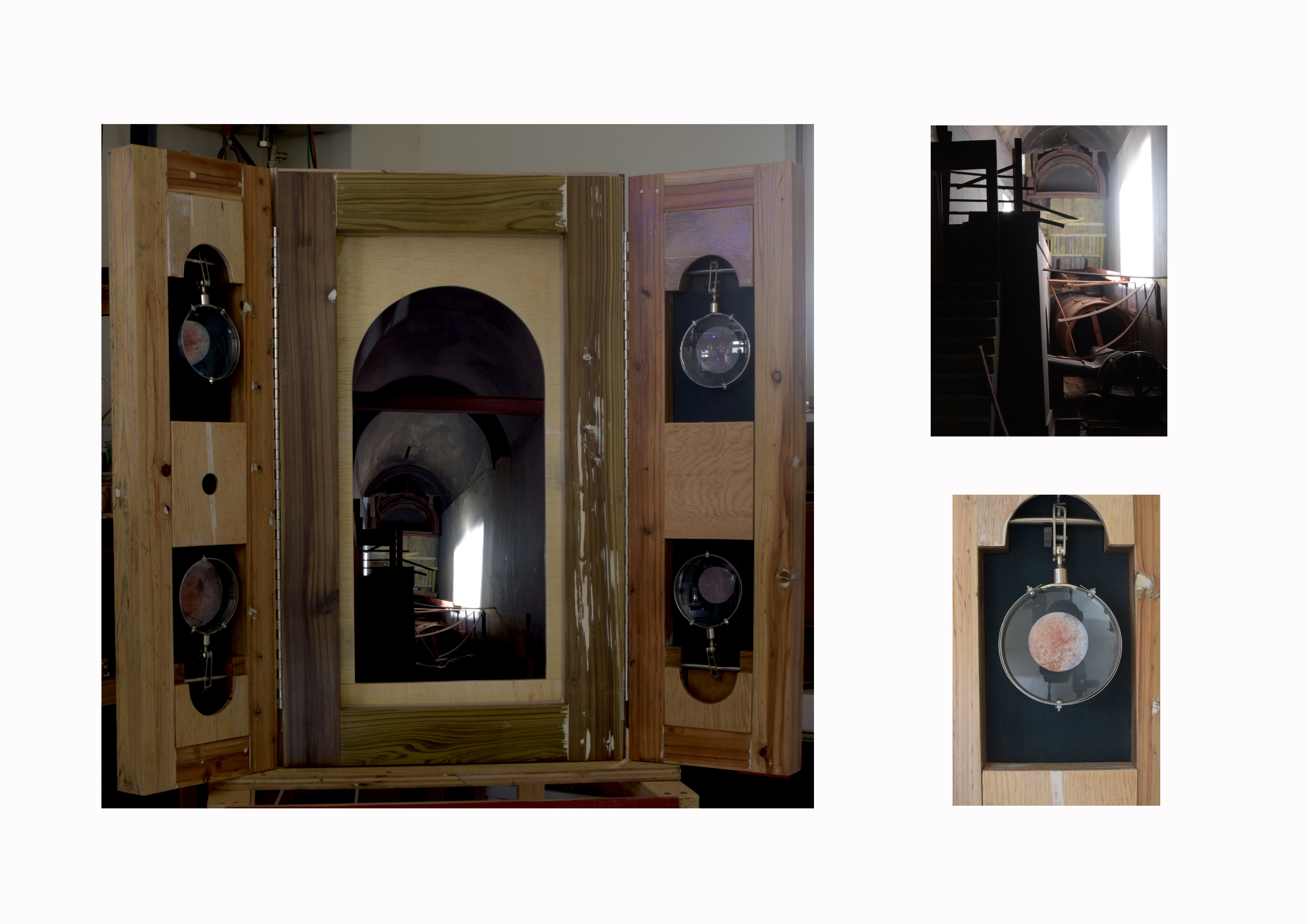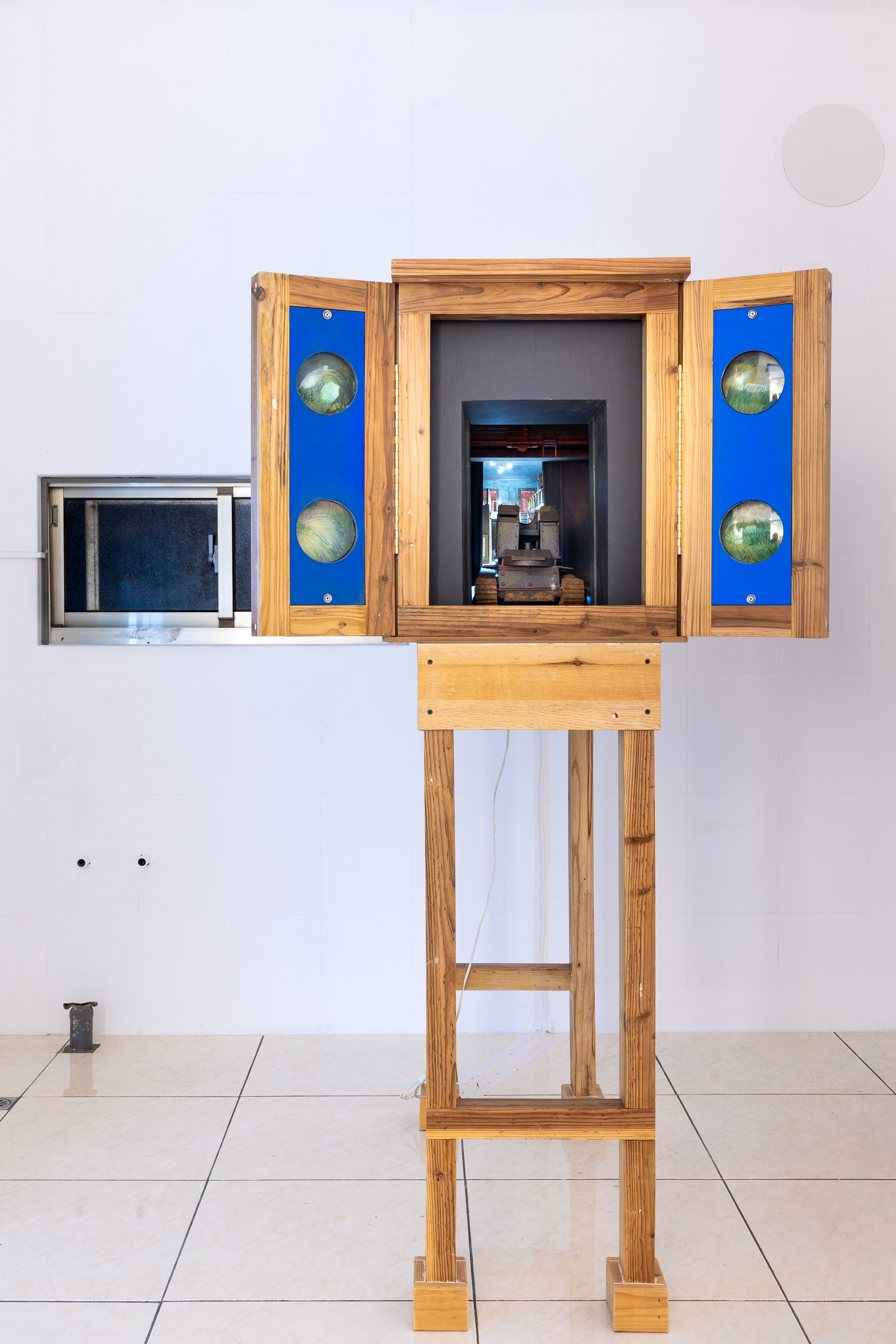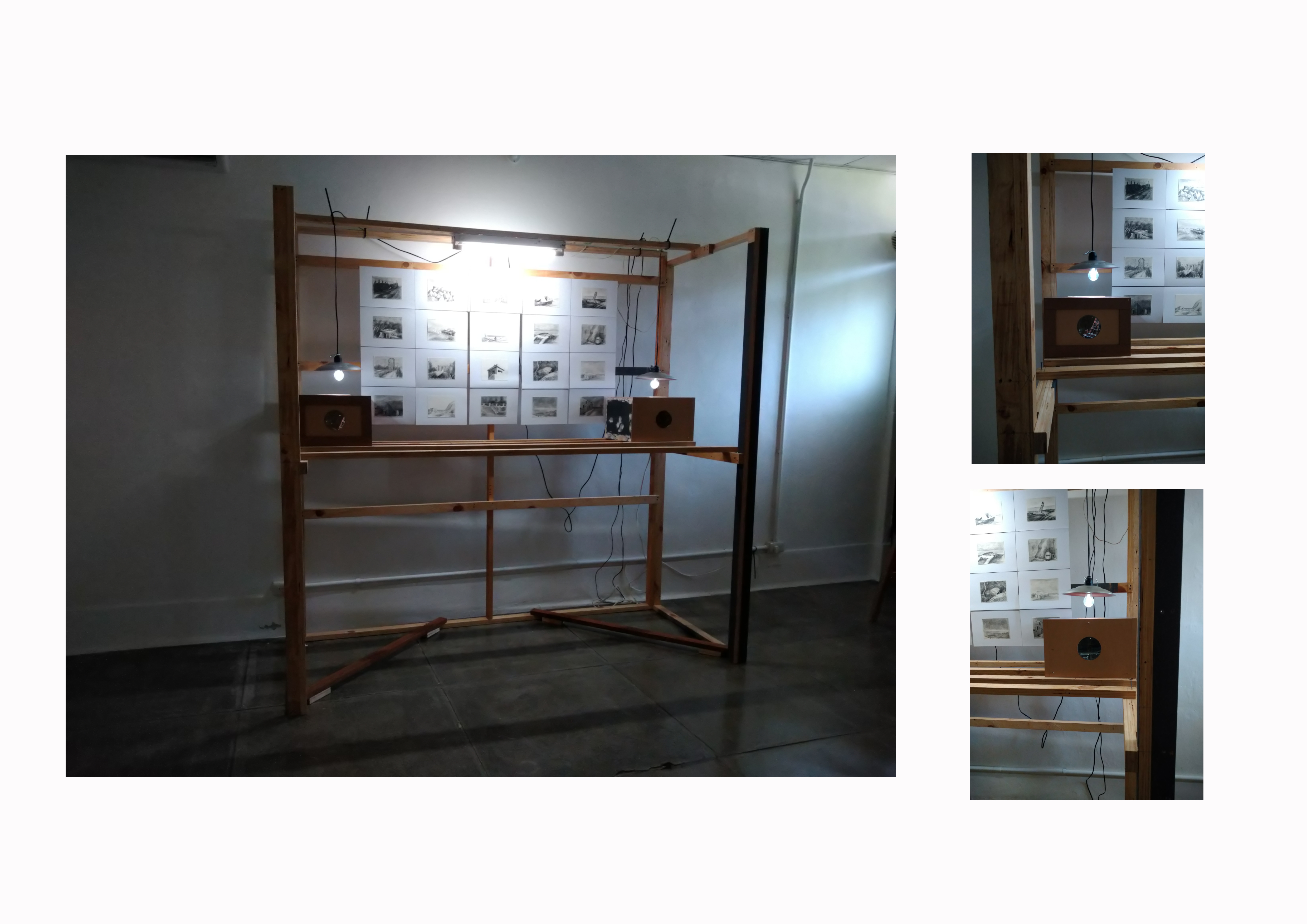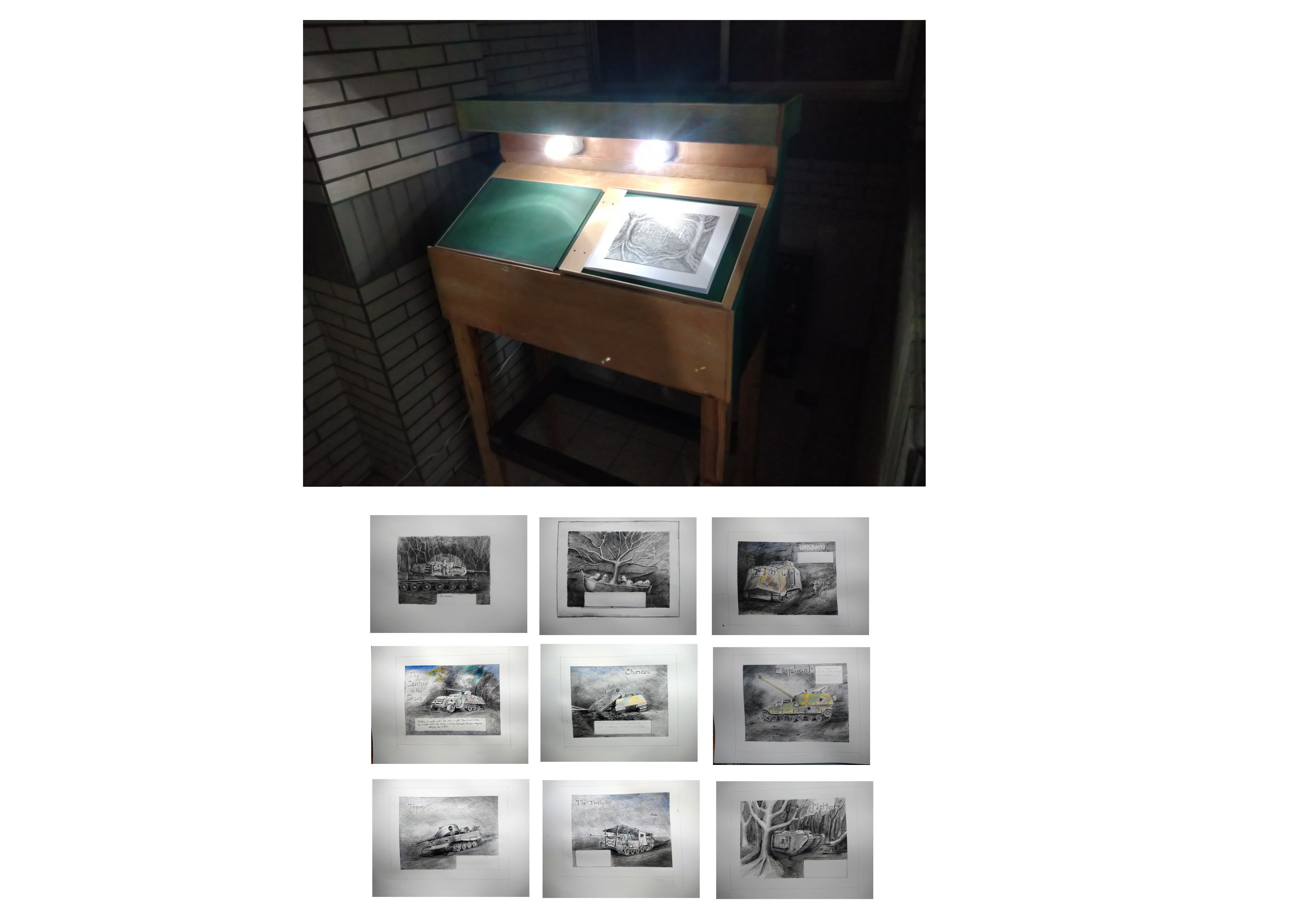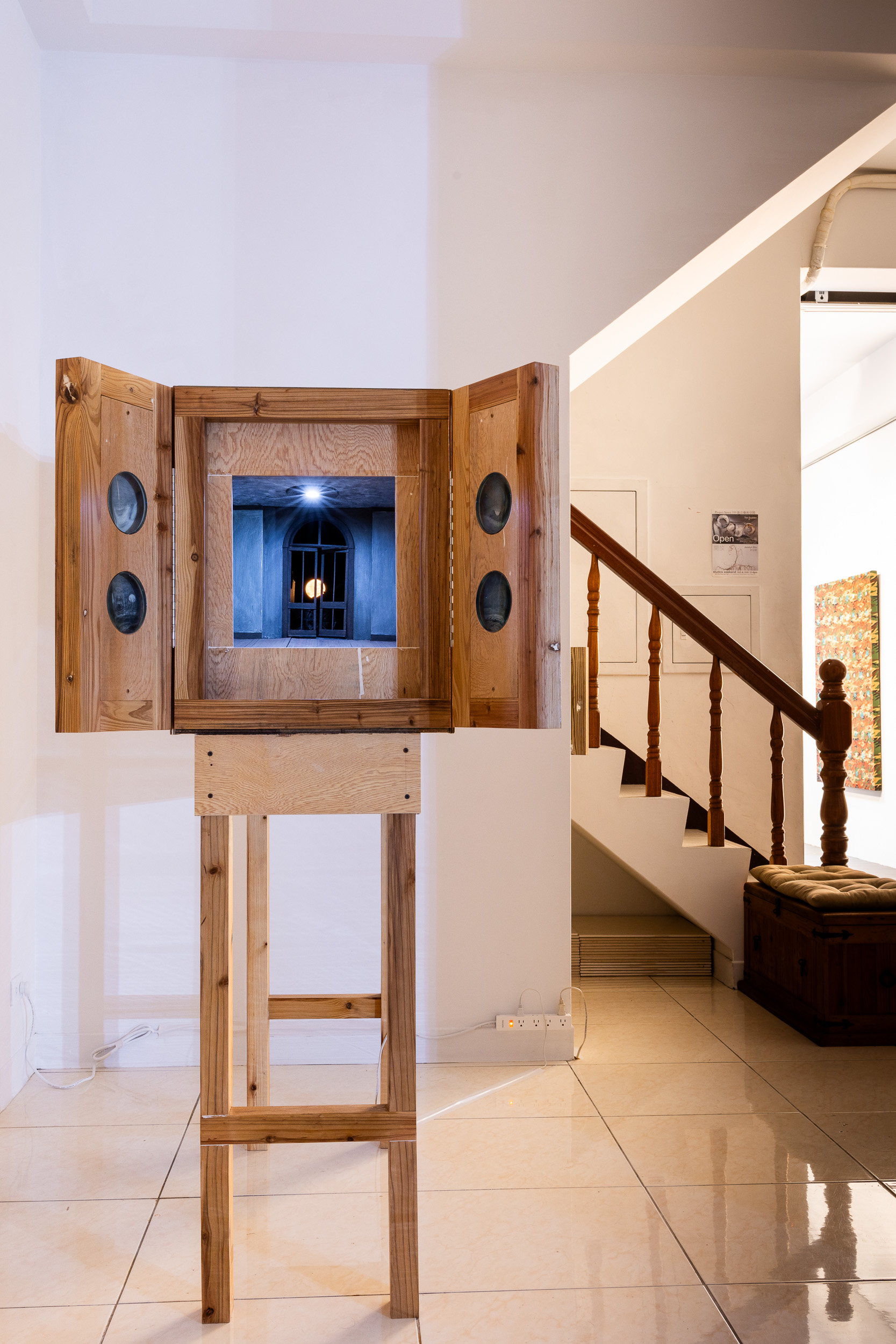Duncan Mountford London, United Kingdom
Born in Liverpool, UK. Studied Fine Art in Liverpool and Coventry, and worked as a community artist. Returned to full-time education for MA at Winchester School of Art, and then awarded a bursary for a PhD at Nottingham Trent University. He has exhibited widely, and worked in various roles in museums and galleries, including Tate Liverpool. He currently lives and works in London and Taipei.
My work examines how memories and narratives are implicit in our construction of objective knowledge, and how pre-existing believes and misinterpretation affect what we understand.
Knowledge is construct from the interrogation of fragments and the consequent interpretation of what is inferred. Within science the goal is to achieve objectivity, an understanding that is free from any subjective interference, yet equally any interpretation must involve the subjective, for pre-existing beliefs (whether well founded or not) will colour any observations. The complexity of the world, and how we perceive the world we encounter, means that we are constantly engaged in a process of filtering our perceptions, choosing what we regard as important or relevant to our present purpose. Any attempt to produce a worldview will also involve this editing of material, and produce a focus on one area and the consequent downplaying of the importance of other phenomena. An image springs to mind of this process, that of the lens that magnifies a chosen point, while beyond this the focus becomes less clear until objects cease to be relevant.
The focus of my PhD research and work was the relationship of installation theory and practice to museums, specifically museums of science and natural history. The contention was that museums can be regarded as installations, that is as works of imagination. This enables such objective institutions to be interrogated for their connections to themes of memory, loss, and melancholy. The research drew on a wide field of reference, beginning with the critique of the museum as institution and ending with the ruin of the museum as a cultural and personal metaphor.
Installation covers a variety of practices and techniques, but at the heart is the relationship of artwork, space and viewer. The artist has to be involved in how the work interacts with the space of display, and with how viewers will encounter the work. This latter provides the means whereby the work can produce a number of narratives for the viewer, either architecturally or by encountering a series of objects within a specific place.
The work also draws on both the history and philosophy of the natural sciences, museums and scientific institutions, and on how history leaves traces that can be discerned in multiple contexts. These themes are addressed via installations within which are placed optical ‘devices’ of lenses, mirrors, and lights with integral video and photographic slides.
Recent works covers sculpture, installation, drawing, and writing, based on unstated narratives. The works are scenes, stage sets, deliberately theatrical interior spaces, each an interregnum in a story. Materials are practical, quotidian - plywood, timber, cardboard, paint, light – with a dialogue between initial concepts and the construction of the work. The visual spatial appeal is the motor that drives the process, producing works that engage viewers on multiple levels. The ideas underlying the work ranges from the historical to the weird, the sense of a world that resonates with ghosts from the future. Imagery is drawn from old science-fiction television, contemporary events, the ruins that litter cities. The interiors are rabbit holes into the realms of the strange and conspiratorial, sets from unmade films, dream spaces at the edge of nightmares.
